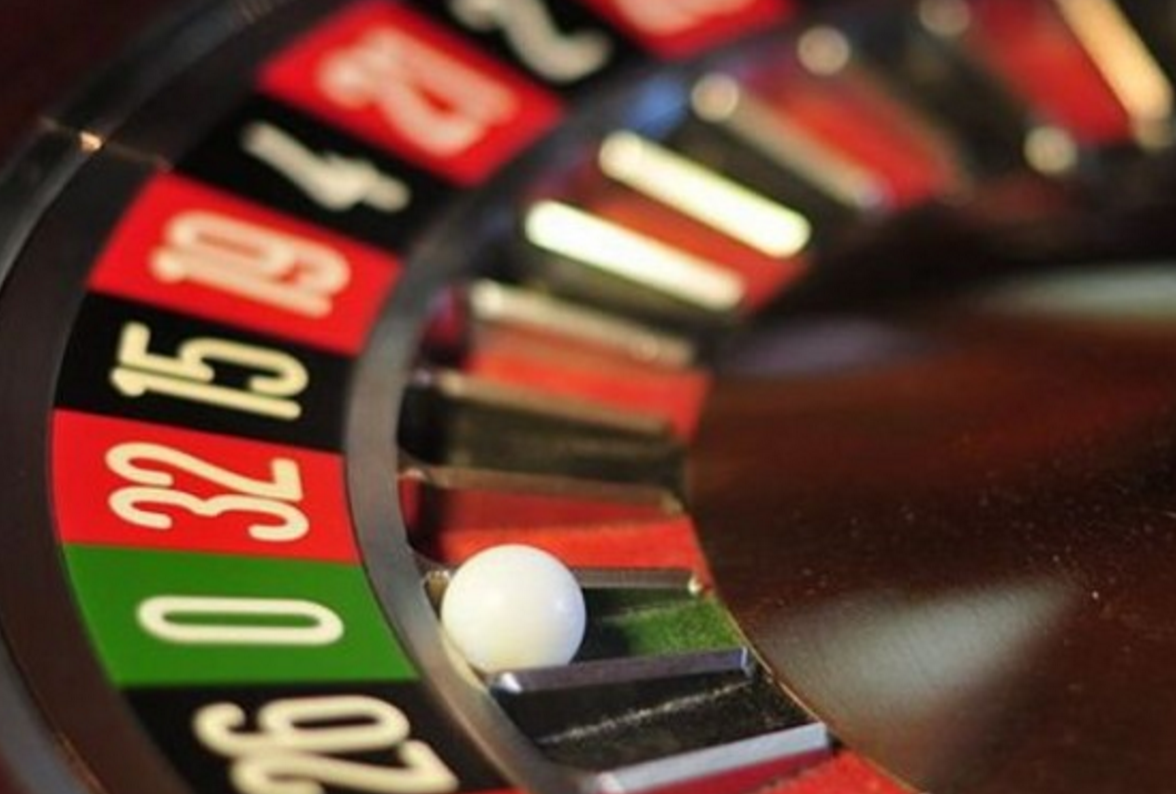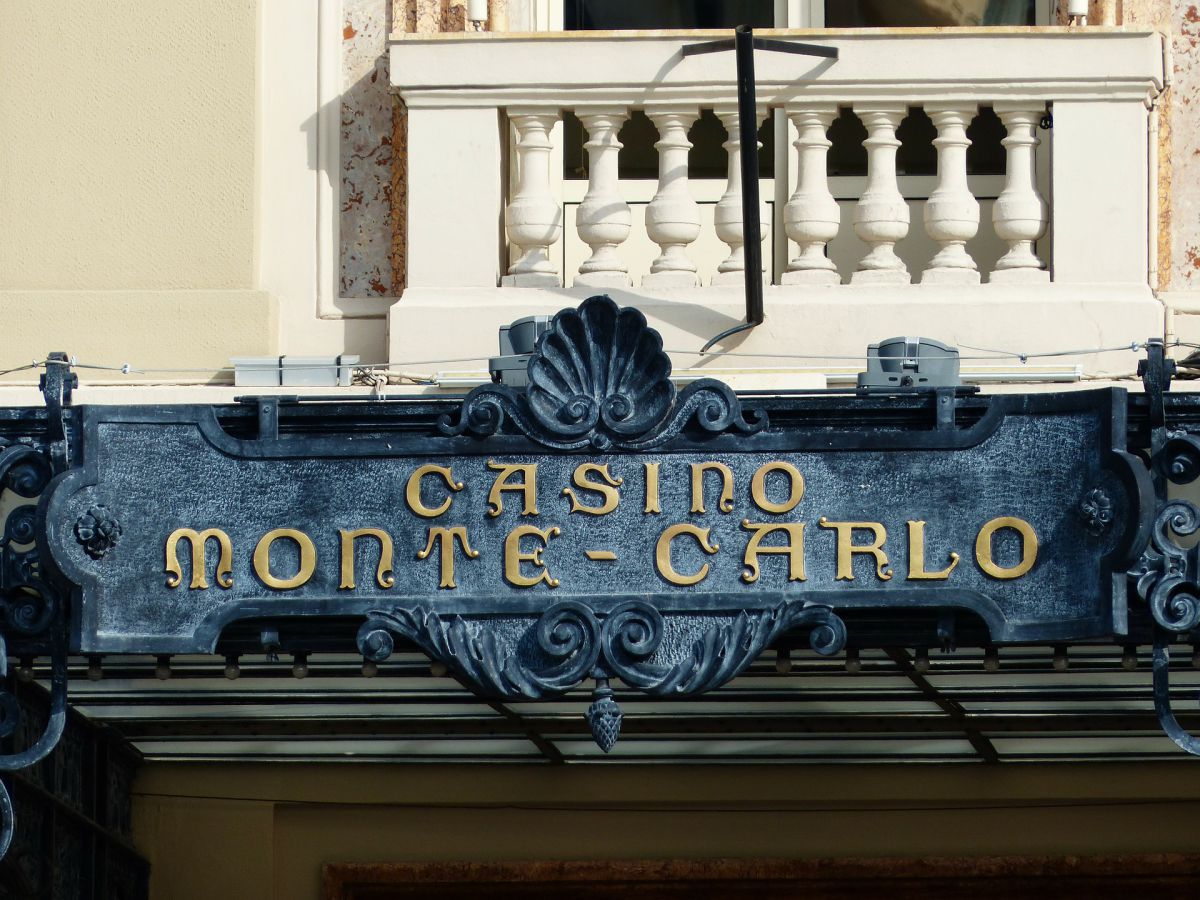Courtesy of Nick Colas of Convergex
 Viva Las Vegas – The Gambler's Fallacy
Viva Las Vegas – The Gambler's Fallacy
The Dow has closed at a record high for nine days in a row, so it (and U.S. equities generally) MUST be ready for a pullback, right? Not so fast. Thinking that reversion to the mean happens swiftly and reliably is something called “The Gambler’s Fallacy.” To borrow from an old capital markets aphorism, things can stay weird longer than you can stay solvent betting against them.
Today we review a recent academic paper that highlights three examples of this mental error, ranging from judges hearing asylum requests to baseball umpires and bank loan officers. All of them make the same basic mistake in real-life situations despite their professional credentials and experience: assuming that the next decision is somehow linked to the previous one. Umps call marginal strikes after calling a ball, and judges decline refugee status more often after granting the previous person asylum during a day of hearings. The key lesson: every decision you make is unique, and should be unrelated to prior judgements.
* * *
 During the summer of 1891, a small time British con man named Charles Wells took a holiday to the south of France. Like many tourists of the day, he frequented the famous casino in Monte Carlo. Unlike many tourists of his day, however, he managed to “Break the bank” – depleting the table where he was playing of all its reserves – several times. He reportedly took home as much as $8 million in today’s money, although his reputation as a swindler both before and after the event left some doubt about whether the whole thing was a publicity stunt.
During the summer of 1891, a small time British con man named Charles Wells took a holiday to the south of France. Like many tourists of the day, he frequented the famous casino in Monte Carlo. Unlike many tourists of his day, however, he managed to “Break the bank” – depleting the table where he was playing of all its reserves – several times. He reportedly took home as much as $8 million in today’s money, although his reputation as a swindler both before and after the event left some doubt about whether the whole thing was a publicity stunt.
Fast forward a few years to August 18, 1913, and something equally unexpected occurred: the roulette wheel came up with a black number 26 times in a row. Now, the casino had been in operation for decades by now, so a streaky wheel should not have been terribly remarkable. But instead of taking it stride, the crowds that night bet ever large sums during this run, fully expecting a red number to come up. It finally did, but not before the bank had broken some of the gamblers.
The event gave us term “Monte Carlo fallacy”, which has morphed into the “gambler’s fallacy” since then. Essentially, the cause of the problem is an error in human judgement. We know that random events (the flip of a coin or the spin of a roulette wheel) have certain probabilities. Where we go awry is in thinking that those probabilities will be regularly observable. We think it’s strange when a coin flips HHHHHHHHHT, but if it alternates exactly HTHTHTHTHT that’s OK. In fact, both outcomes have the same probability.
I hear a lot of market commentary lately that strongly resembles what must have transpired across the roulette table in Monaco back in 1913:
- The Dow has hit a new record six days in a row! It must be due for at least a few down days.
- The S&P 500 is up from the day of the Brexit vote, ignoring the attempting Turkish coup d’etat, oblivious to headlines in the U.S., etc… It must be due for a pullback, even though the news has come and gone.
- U.S. Treasury yields are near record lows. They should mean-revert to some higher level soon, right?
All these things may be true. Or not. But a few days of trading action simply isn’t enough to know. Plus, let’s not forget that equities have 100 years of history that show a noticeable positive return bias – daily returns are not actually a coin toss. And that bond returns since the early 1980s exhibit the same predilection for profitability.
We recently came across some new academic work on the topic: “Decision-making Under the Gambler’s Fallacy” by Chen, Moskowitz and Shue (Quarterly Journal of Economics, March 24 2016). The whole paper is here: http://qje.oxfordjournals.org/content/early/2016/03/23/qje.qjw017.full.pdf. It is quite well done if you want to have a look, but here’s a quick summary of their findings:
- The authors looked at the decisions made by U.S. judges on asylum requests, loan officers reviewing applications, and Major League Baseball umpires calling balls and strikes in real games.
- The idea here is that the decisions each of these three professional evaluators make should be independent of each other. The next person they see seeking asylum, the next loan application, the next pitch from the mound – these should be considered on their own merits and independent of what has come before.
- The authors found that the judges, loan officers and umpires all showed “Negative autocorrelation” in their decision making. Simply put, they were more likely to alternate their decisions. If the last pitch was a ball, the next call would be a strike if it was at all a close to the strike zone. If they rejected the last loan, the next one was more likely to get approved.
- Why does this happen, even among trained professionals like U.S. judges, bankers and MLB umpires? From the paper:
“A decision-maker who himself suffers from the gambler’s fallacy may similarly believe that streaks of good or bad quality cases are unlikely to occur by chance. Consequently, the decision-maker may approach the next case with a prior belief that the case is likely to be positive if she deemed the prior case to be negative, and vice versa. Assuming that decisions made under uncertainty are least partially influenced by the agent’s priors, these priors then lead to negatively autocorrelated decisions.”
On top of this, the authors state that even if a judge/ump/banker is actually self-aware enough to evaluate every situation independently, they may still choose to alternative decisions because they wish to appear fair and impartial to their less-competent peers who do automatically switch decisions.
Essentially, the authors are saying that people with a lot of experience will make bad decisions because they overly rely on baseline probabilities. An experienced umpire knows the strike percentage of a starting pitcher in the majors is about 65%, for example. That says nothing about the next pitch rushing towards the catcher’s mitt, of course. But over the course of a game, just knowing the odds is enough to skew individual calls.
Evaluating investments and capital markets calls for the same level of detachment and independent consideration. Every situation is different. Every time.
.png) We’ll close with an example that ties back to Charles Wells, our lucky con man from the top of this note. His accomplishment led to a popular song in the 1890s: “The Man Who Broke the Bank at Monte Carlo.” It was a popular ditty in British music halls for decades, apparently.
We’ll close with an example that ties back to Charles Wells, our lucky con man from the top of this note. His accomplishment led to a popular song in the 1890s: “The Man Who Broke the Bank at Monte Carlo.” It was a popular ditty in British music halls for decades, apparently.
The title would find its way back into the headlines almost exactly 100 years later, referencing George Soros as the “The Man Who Broke the Bank of England”, a direct reference to the old song. Soros’ genius was, of course, being able to consider investment possibilities on their own merits. Just because something had happened every day (the British pound in the European Exchange Rate Mechanism), didn’t mean it would always be thus if other pressures appeared. Independent thinking, indeed.



